Appendix A: Interactive Elements
If you are using a downloaded version of this text, use Appendix A to engage in the interactive elements included in the online version of this text.
Chapter 3
Colonial America Timeline
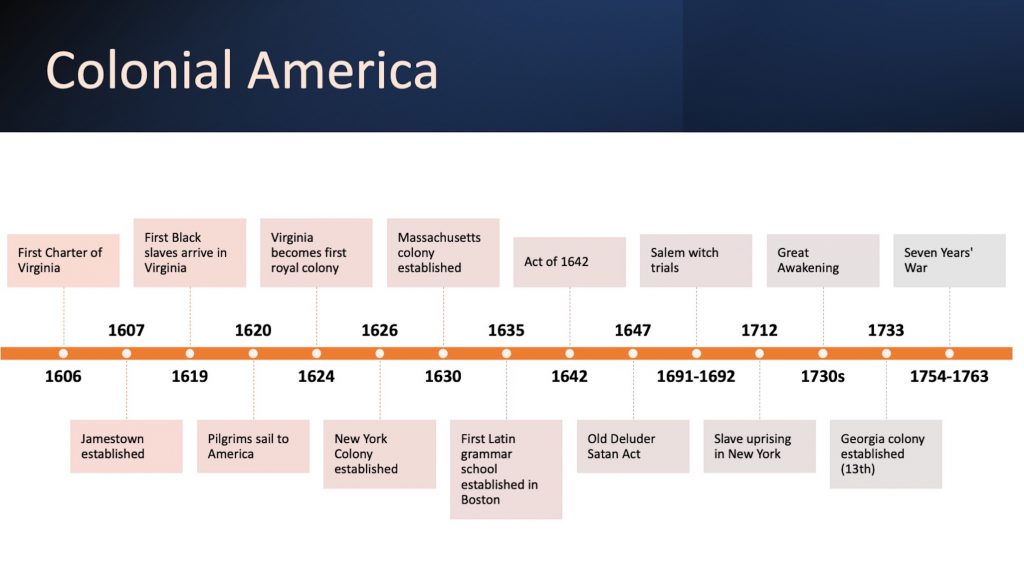
American Revolutionary Era Timeline
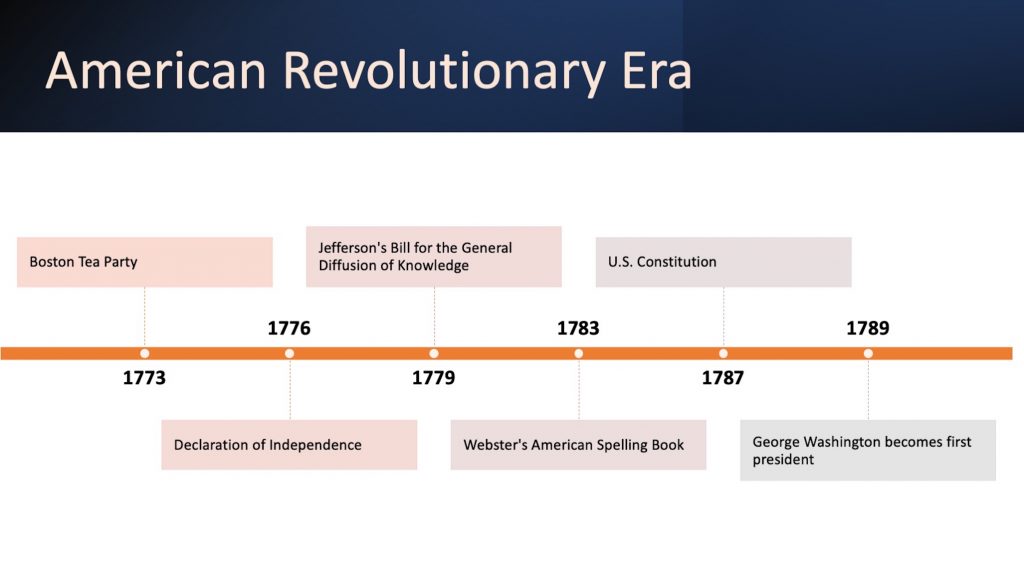
Early National Era Timeline
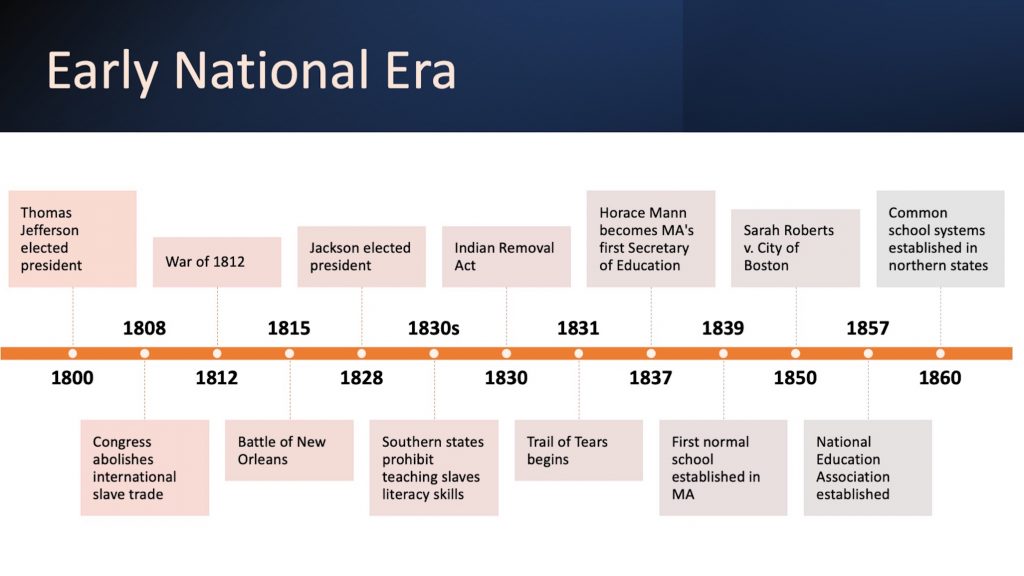
Post Civil War & Reconstruction Timeline
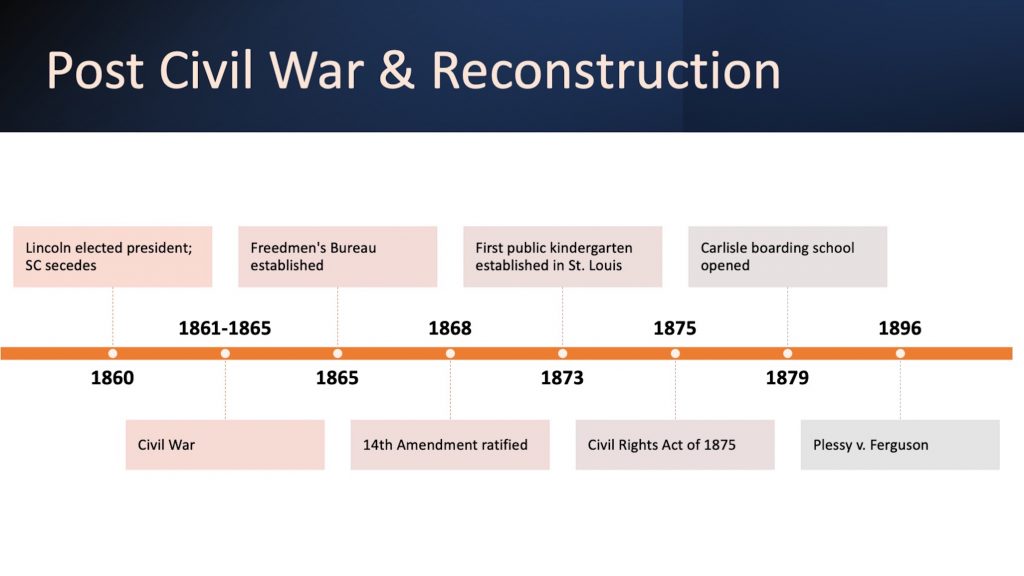
The Progressive Era Timeline
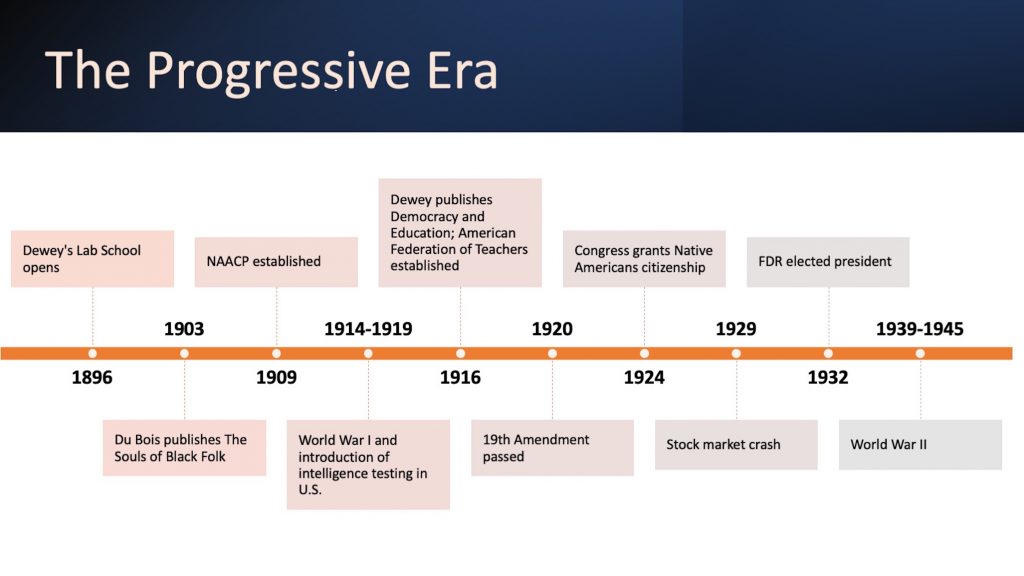
Post World War II & Civil Rights Era Timeline
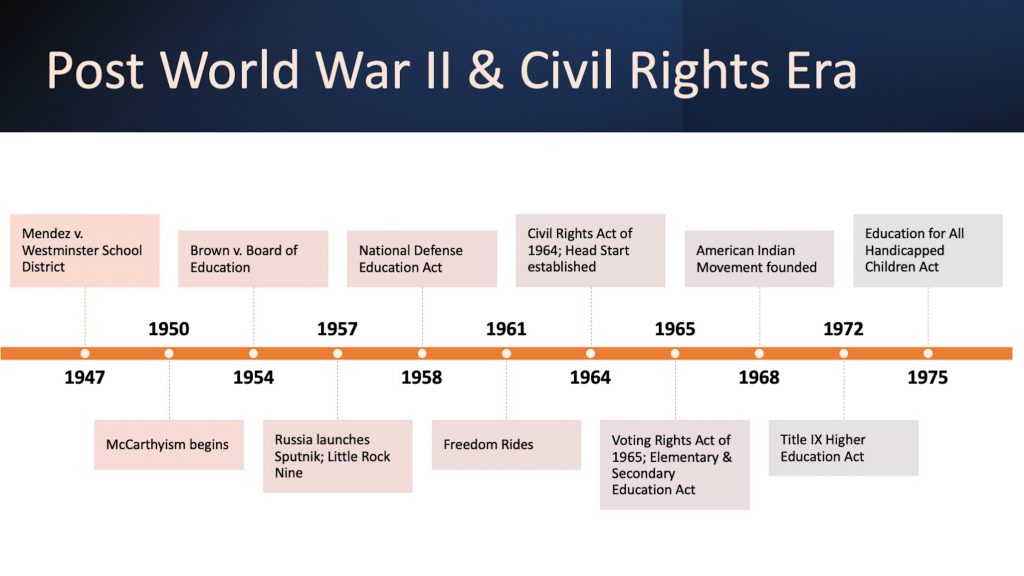
The 1980s and Beyond Timeline
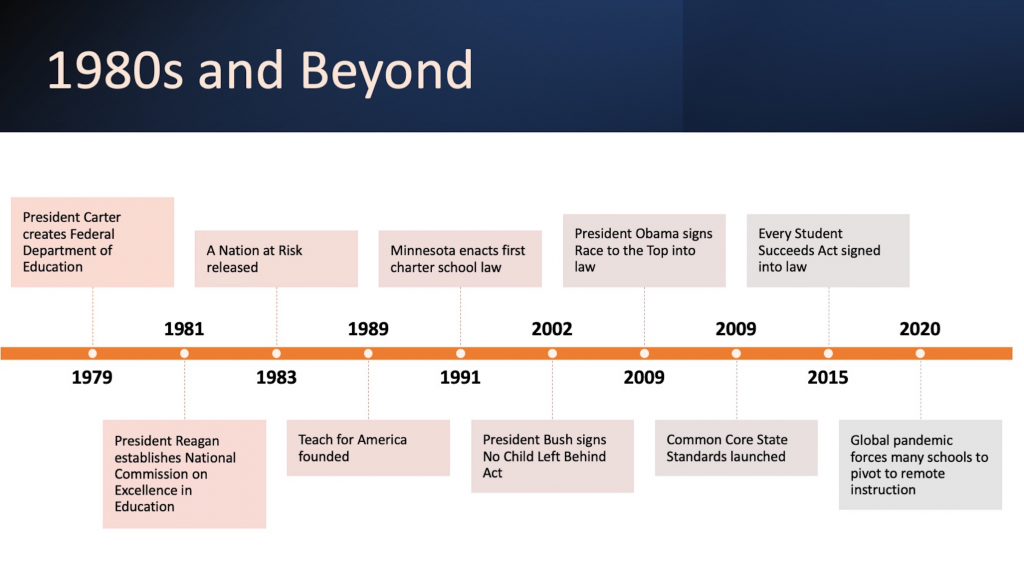
Chapter 5
“Code of Ethics: What Would You Do?”
As educators, we make have to make decisions every day. We have to consider ethics as we make those decisions. Sometimes answers are clear, and sometimes they are harder. Let’s try it out!
On a final writing assignment, one of your students turned in a paper that just did not seem to be his work. After further investigation, you discovered complete paragraphs were lifted from the textbook and inserted into his paper. You believe this student has cheated and this act of cheating goes against the school policy of academic integrity.
- Choice A: Report the student’s suspected cheating to the principal.
- Choice B: Ignore the suspected cheating.
- Choice C: Talk to the student about the suspected cheating.
Now that you’ve decided what to do, keep reading to see what happens next.
If you chose Choice A…
You go to your principal, and they say, “Wow, what a shame. I’ve been talking to him some during lunch. Did you know his mother lost her job about a month ago and the family has been having a difficult time financially? They have worked so hard to make ends meet since they entered the country last year. But we do have a clear academic integrity policy. You need to assign him an F on this assignment, refer him to me for cheating, and then I will need to meet with his family about next steps.”
You tell your student that you noticed the copied paragraphs from the textbook, which means he will get an F on this assignment and be referred to the principal’s office to meet with his mother. His mom’s car is broken and she can’t afford to fix it until she finds another job, meaning she can’t make it to the school for the meeting.
You watch this student over the next few weeks. Until the cheating incident, he had pretty good grades; now, he seems sad, withdrawn, and depressed. His grades start slipping. He starts missing assignments. He stops asking for help and only engages with his peers when you require it.
As you look over your attendance sheet a few weeks later, you realize that he was absent the day that you explained how to paraphrase sources and cite direct quotations to avoid plagiarism before the paper was due. This student is an English Learner. Is it possible that the “cheating” was a simple mistake?
It’s too late now.
If you chose Choice B…
Sure, those paragraphs were identical to the textbook, but you really don’t feel like filing the paperwork required for an academic integrity violation. You just move on and ignore it.
A few weeks later, you are called into the principal’s office. “We’ve had reports from several teachers about one of your students cheating on assignments,” says the principal. “Actually, your class is the only one where there hasn’t been an incident. Are you sure that this student isn’t violating our academic integrity policy in your class?”
You come clean and admit to the paragraphs that were copied from the textbook. The principal shakes their head and says, “You know our academic integrity policy. It is in the handbook, and it was clearly explained to you when you first began working here. Remember that honoring this policy is an expectation of your employment here.”
The principal makes a note in your file that you did not follow the academic integrity policy. You are an early career teacher who does not yet have a continuing contract, so you know that this could mean you aren’t offered a job again next year.
If you chose Choice C…
During lunch, you ask the student to stay back to talk about the recent paper. You explain, “I noticed that some of your paragraphs were the same as the textbook. Did you realize that copying those paragraphs was a violation of our academic integrity policy?”
The student shakes his head, tears up, and covers his face with his hands. “Well, I wasn’t sure. I know you said in class that we have to use evidence, and I know the textbook has lots of good facts. I had been planning to work on that paper before it was due, but my mom lost her job about a month ago and I’ve been having to do more to help at home, trying to earn a little extra money washing dishes at a restaurant, you know. We just moved to this country last year and my mom’s been working so hard to make ends meet. I’ve had to watch my little sister some to help my mom too, and I just didn’t manage my time well. That’s why I missed class some last week too. It’s been super hard at home.”
You look over your attendance roster and realize that he was absent the day you taught the class how to correctly cite evidence without plagiarizing it. This student’s grades in your class have been pretty good, and this is the first paper you’ve assigned.
You come up with a solution. “I need you to re-do the paper, and make sure that you review notes from your peers from that class you missed about how to cite evidence. The school librarian might also be able to help. Our school academic integrity policy means that any assignment you cheated on is an F, but I will average the scores of these two papers together. I will talk to the principal about this plan, but I need you to understand how important it is that you should never copy someone else’s work, OK?”
The next day, the student turns in their revised paper and thanks you for the opportunity to learn from his mistakes.
Chapter 8
Websites:
- Edutopia: http://www.edutopia.org/
- Learning for Justice: https://www.learningforjustice.org/
- Cult of Pedagogy Blog: https://www.cultofpedagogy.com/blog/
- ReadWriteThink: http://www.readwritethink.org/
- EdShelf: http://www.edshelf.com/
- Discovery Education: http://www.discoveryeducation.com/
- OER Commons: http://www.oercommons.org/
- Dave’s ESL Cafe: https://www.eslcafe.com/
Podcasts:
- The Cult of Pedagogy Podcast: https://www.cultofpedagogy.com/pod/
- TED Talks Education: https://podcasts.apple.com/us/podcast/ted-talks-education/id470623037
- Teachers in America: https://podcasts.apple.com/us/podcast/teachers-in-america/id1462207570
- Shaping the Future: https://podcasts.apple.com/us/podcast/shaping-the-future/id1547631983
- Sunday Night Teacher Talk: https://podcasts.apple.com/us/podcast/sunday-night-teacher-talk/id1477725476
- TeachLab with Justin Reich: https://teachlabpodcast.com/
- Teaching Keating with Weston & Molly Kieschnick: https://podcasts.apple.com/us/podcast/teaching-keating-with-weston-and-molly-kieschnick/id1096116254
Education news sources:
- Chalkbeat: https://www.chalkbeat.org/
- EducationDive: https://www.educationdive.com/
- K-12 Dive: https://www.k12dive.com/
- HigherEd Dive: https://www.highereddive.com/
- The Atlantic: Education: https://www.theatlantic.com/education/
- EducationWeek: https://www.edweek.org/

